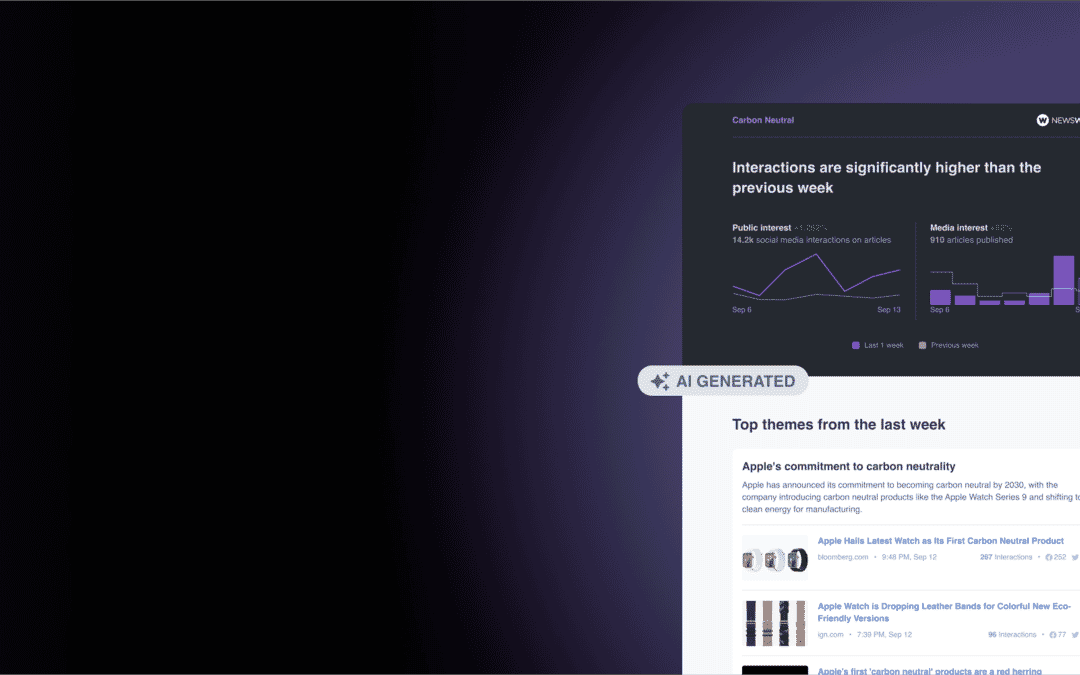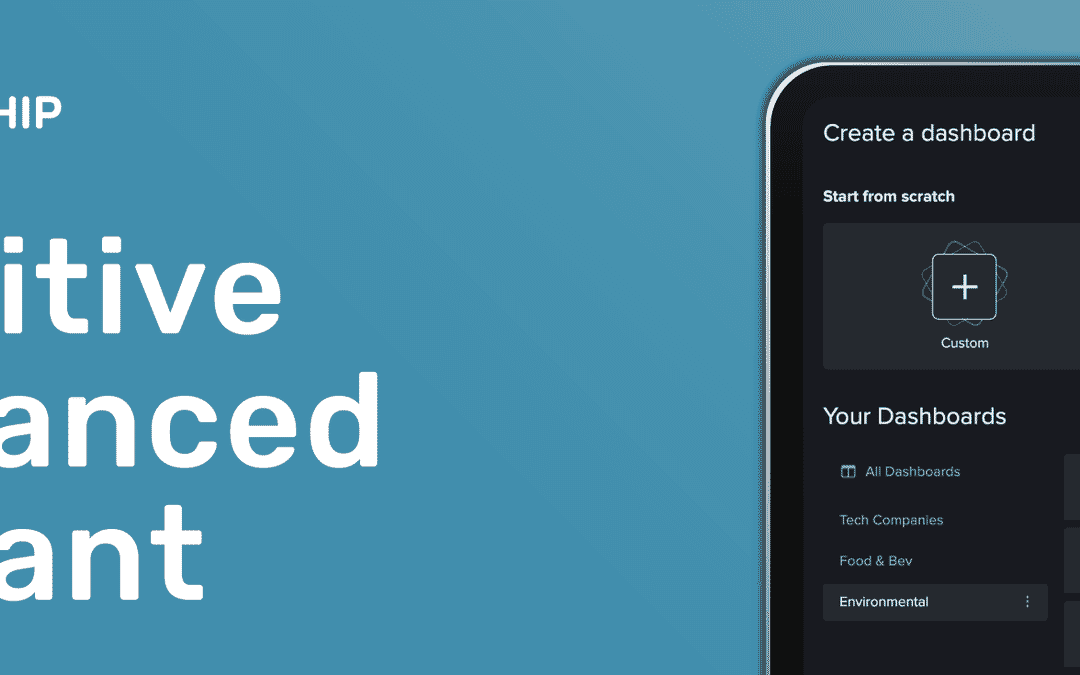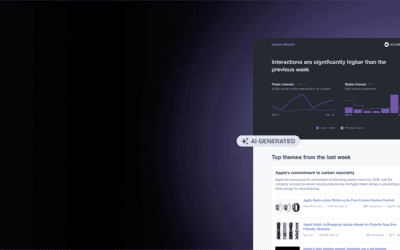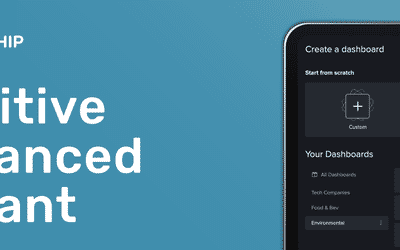Like any marketing or PR campaign, there are best practices for engaging with influencers. In our latest report, we look at influencer tactics on the web, Facebook, Pinterest, Instagram, and YouTube.
Today, influencer marketing campaigns have become much more prevalent, niche, and accessible, due to transformations in social media.
On Instagram for example, the engagements to sponsored posts have only grown over the past year, and that’s without even considering Stories.
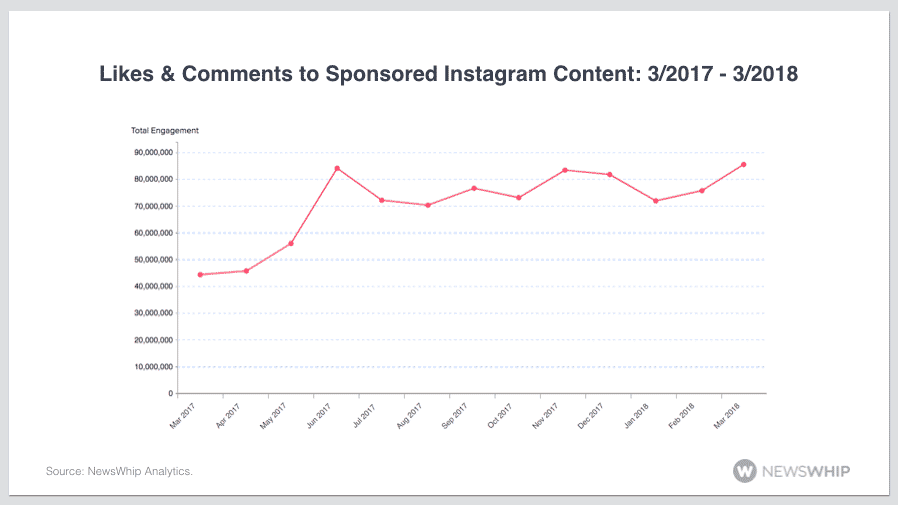
As audiences turn away from traditional advertisements, savvy digital marketers are adapting by finding influencers to boost their content’s reach and build brand awareness.
So what do you need to know for maximizing the impact of your influencer strategy and getting started? In our latest report we look at:
- The impact of influencers, big and small
- The differences in effective influencer campaigns, platform-by-platform
- Top brand and influencer campaigns
- The best practices for influencer strategies in 2018
- How to find influencers and kickstart your own campaigns
Roughly 75 percent of brands are already using influencers, and of those, almost half are planning to increase budgets in 2018. Even unlikely niches are adopting influencer campaigns; 11 percent of B2B marketers ran influencer campaigns last year.
In the report, we look at the web, Facebook, Pinterest, Instagram, and YouTube influencer campaigns, and explore the best practices for each, as well as which industries are best suited for each, and the trends of the top content.
Below are a few trends specific to 2018 that we highlight in the report.
Go micro
More brands are bringing their influencer marketing management in-house, and there’s an increased emphasis on micro-influencers in 2018. In fact, brands like Fashion Nova worked with nearly 5,000 influencers in 2017.
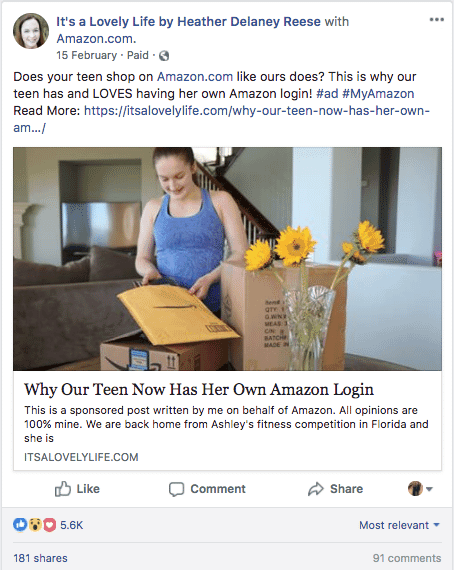
Deeper engagement matters more in 2018. As platforms shift algorithms to surface quality content, posts from micro-influencers are likely to be considered “friends and family content”.
The return of blogs
As brands and publishers diversify their strategy beyond platforms this year, the humble blogger has risen again to significance.
While 92 percent of marketers cited Instagram as the most important social network for influencer marketing this year, followed by Facebook at 77 percent, traditional blogs were a close third, up from 48 percent last year.
Influencer relationships > transactions
Brand ambassadorship agreements are becoming more prevalent this year, as opposed to one-off sponsorships. According to Digiday, about 62 percent of brands are engaging influencers in “brand ambassadorship” agreements this year.
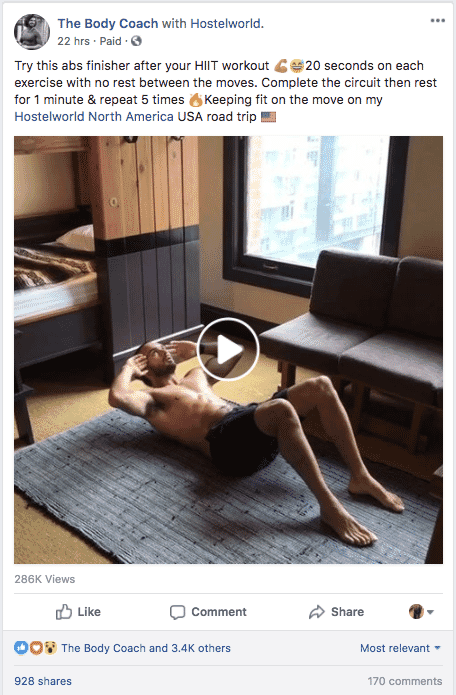
We’ve seen this in some of the top campaigns from the Kardashian and Jenner family, as well for smaller micro-influencers. The above video is from a campaign that the Body Coach had with Hostel World, one that spanned multiple posts.
More opportunities for regulated industries
Some brands have shied away from using influencers due to concerns due to government regulations or brand-safety issues. As we’ve seen this year, and heard from other brands, there’s been a shift on social media and what audiences care about.
From mental health to birth experiences to personal finance and more, audiences are more receptive to open and honest communications from brands and the influencers they already trust.
Social media is becoming more of a place for authenticity, so these brands may find more opportunities than before.
For more best practices and tactics, check out the 2018 Guide to Influencers here.






